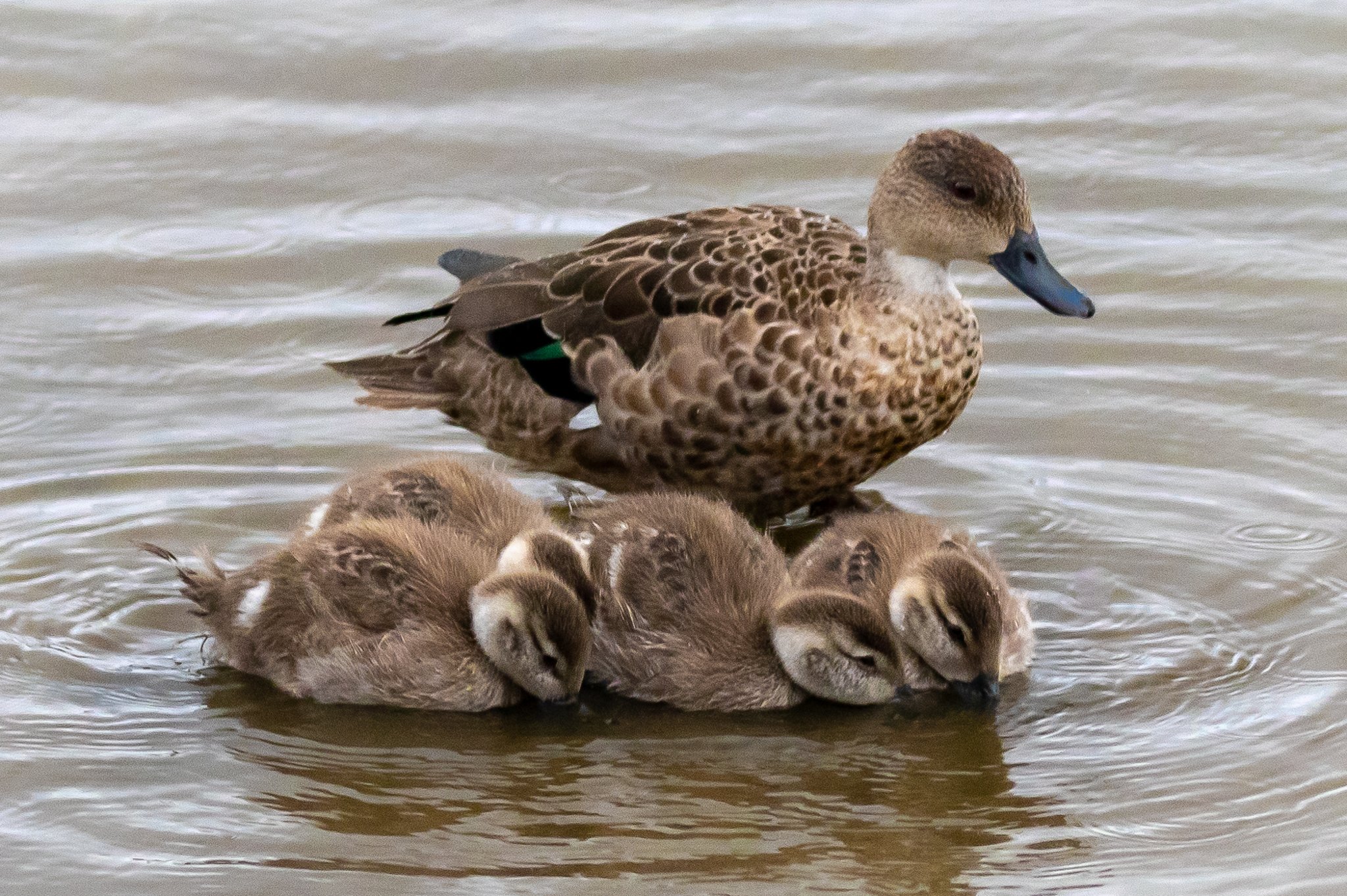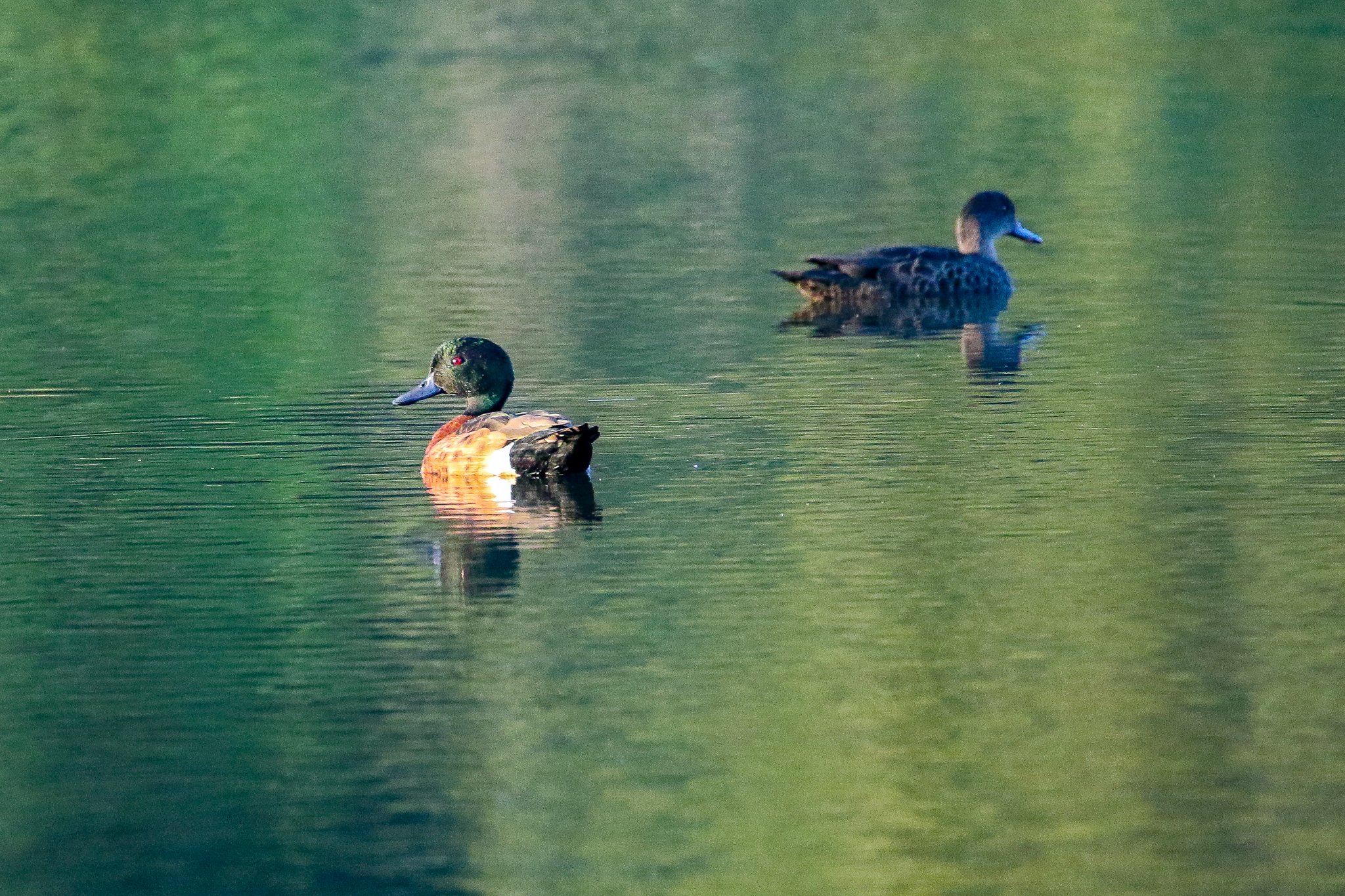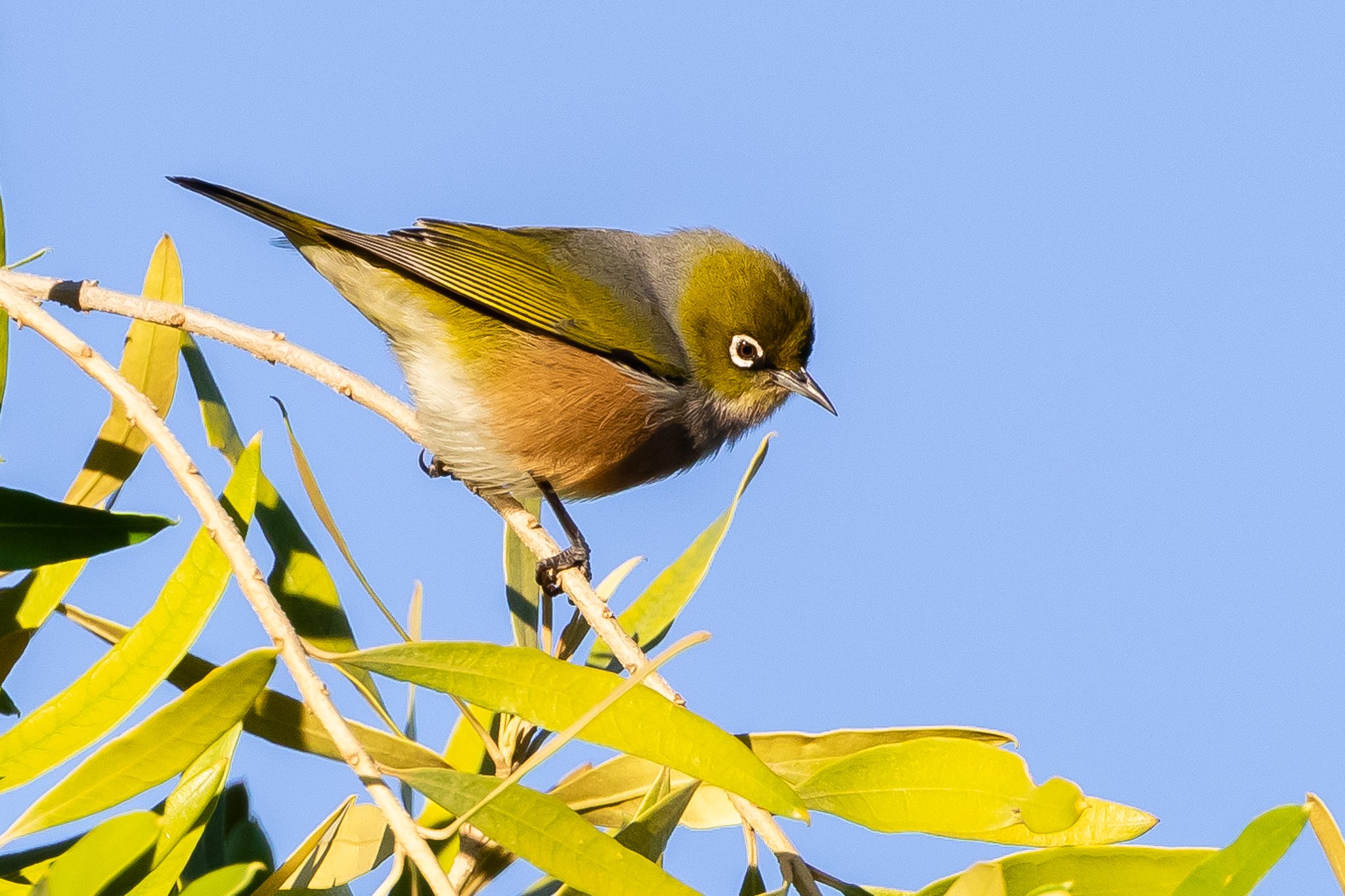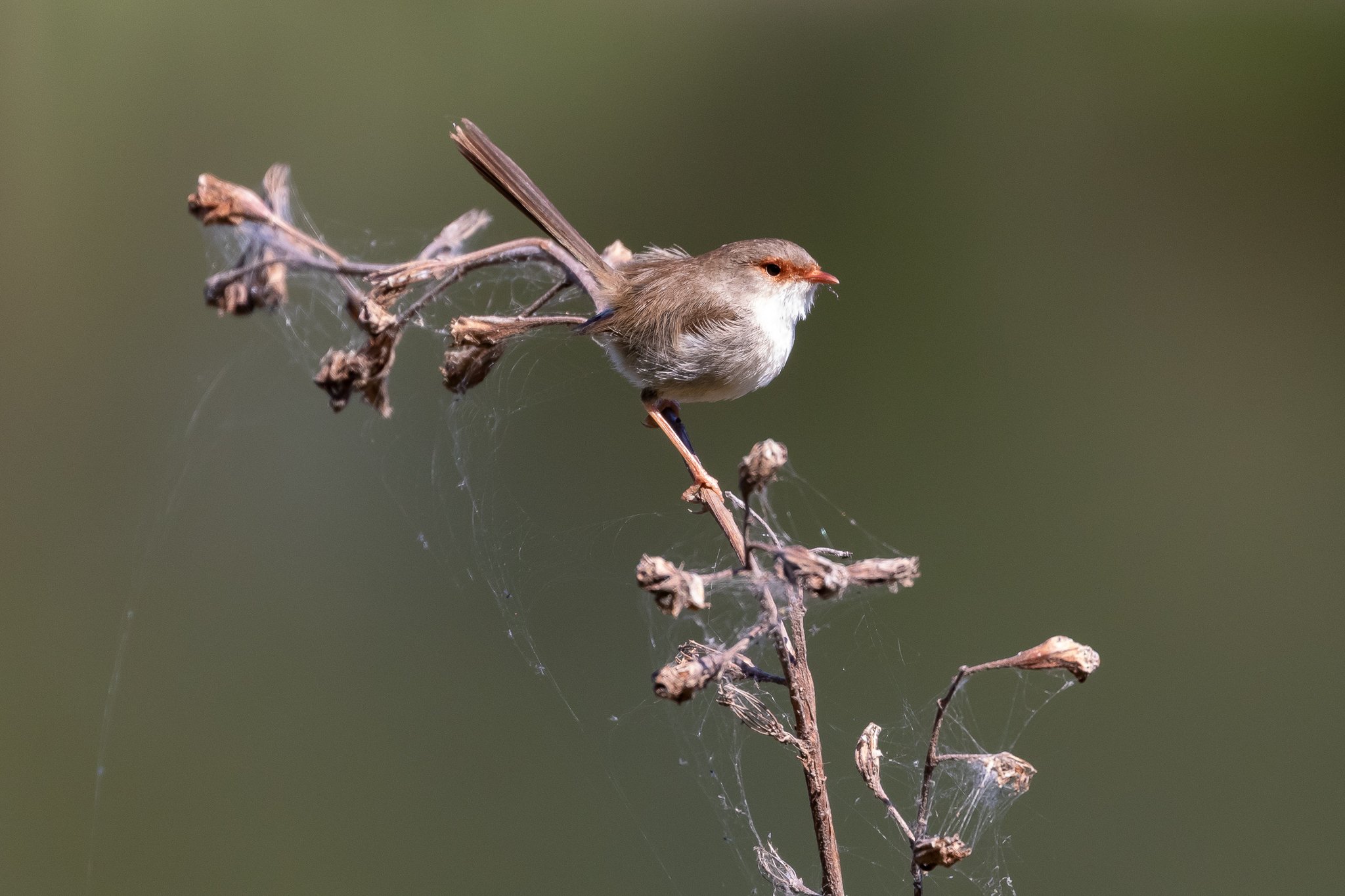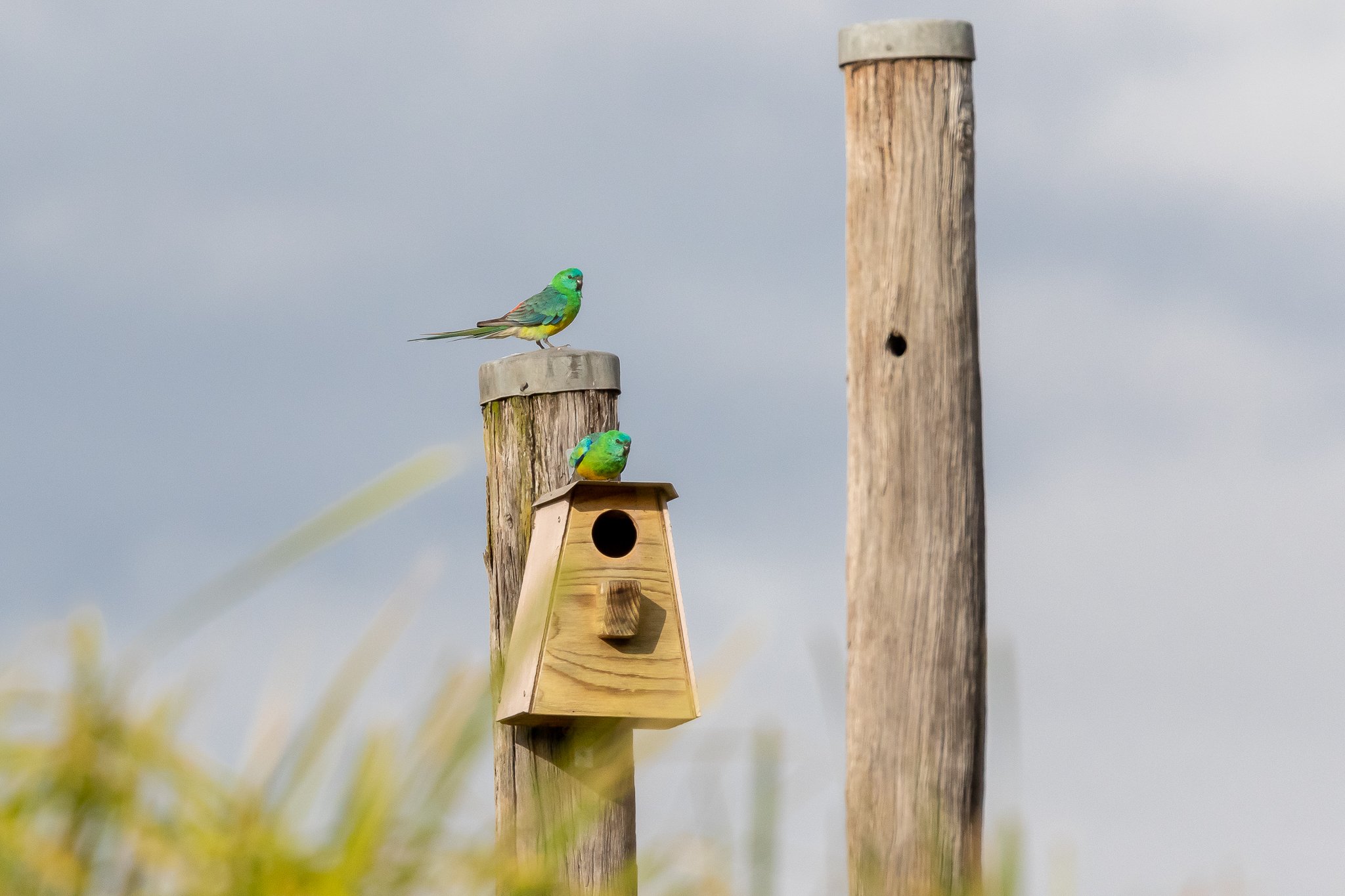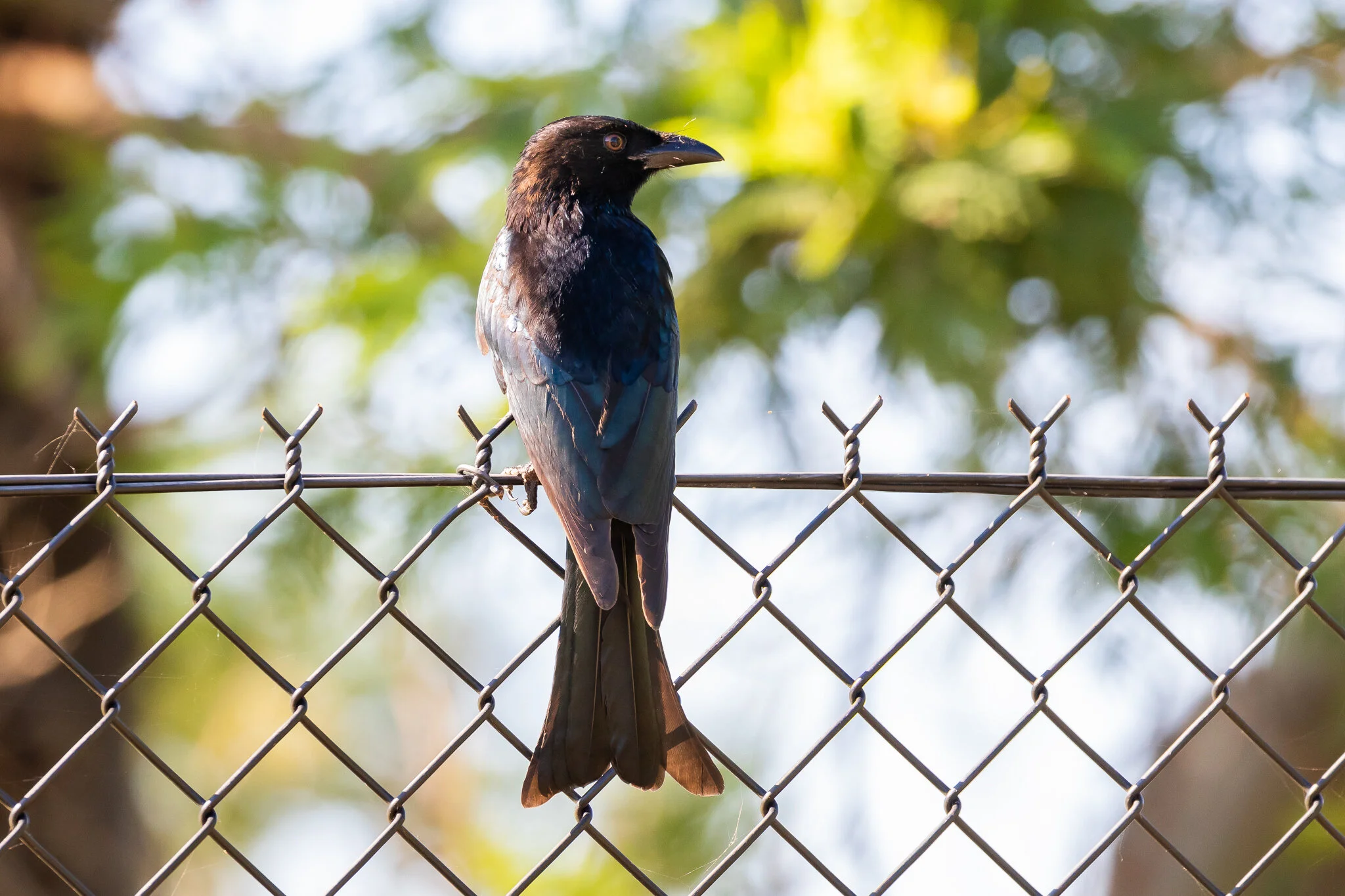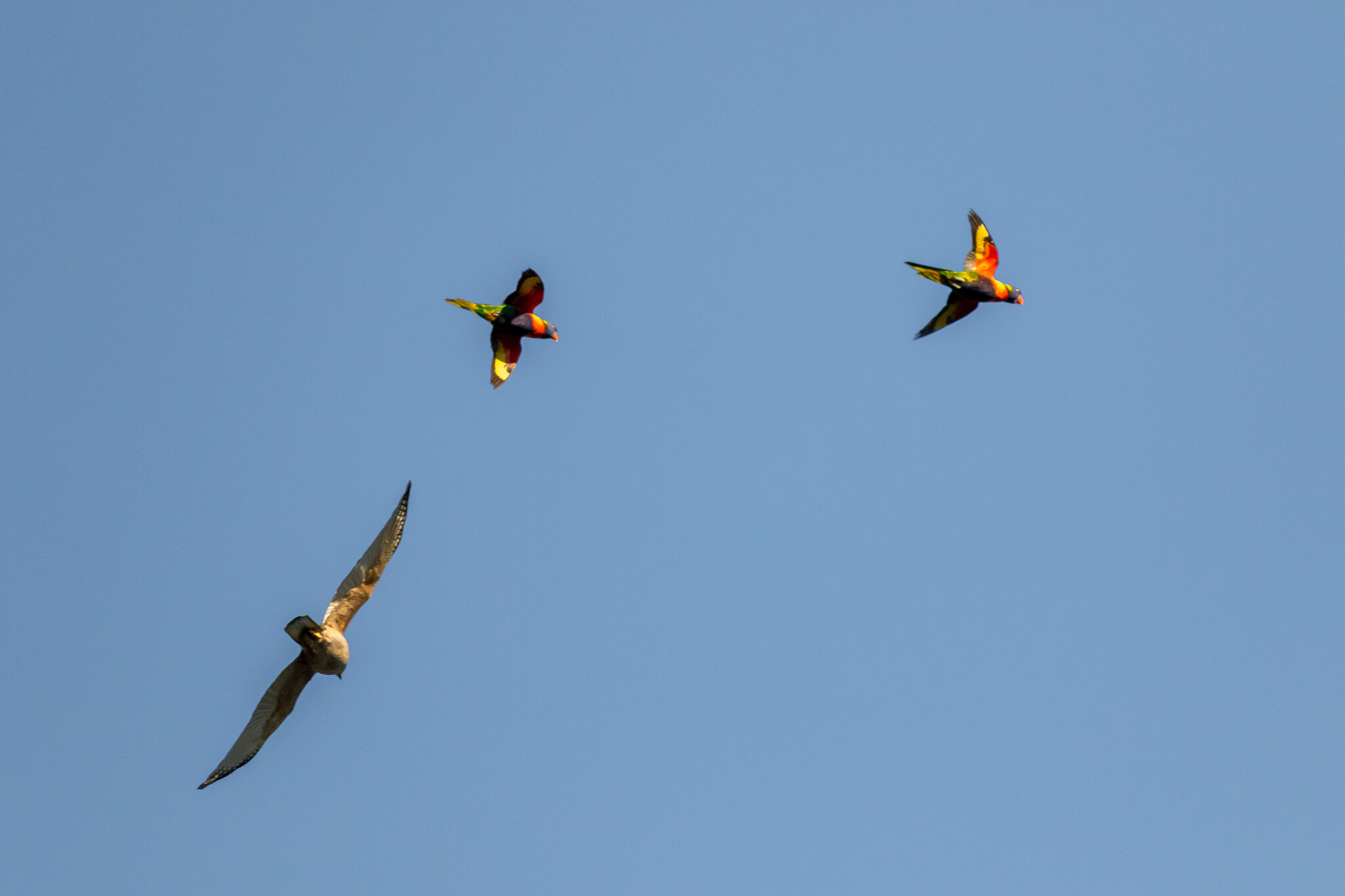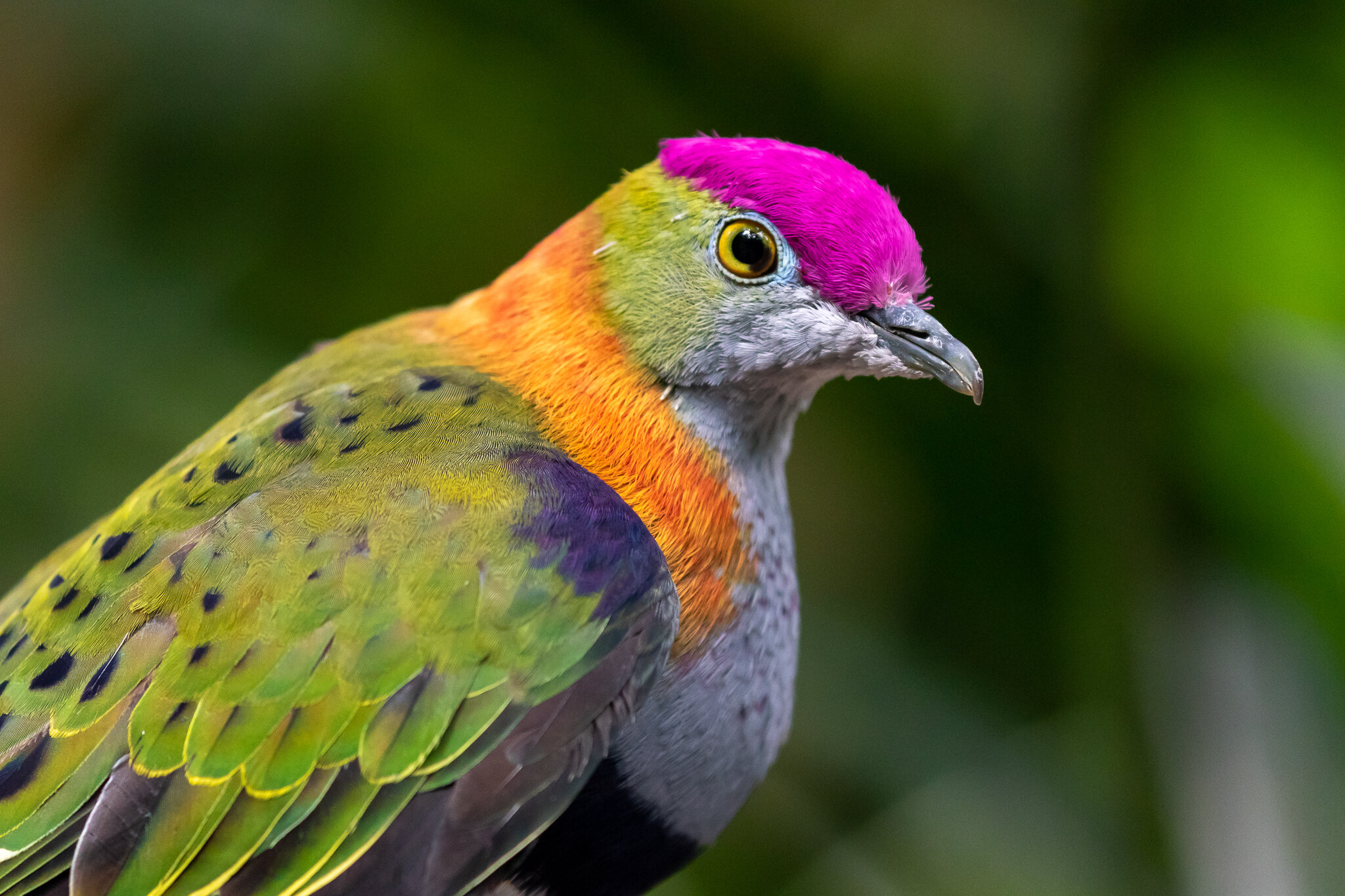It was a quick visit to two Sydney city bird sites; Centennial Park and the Landing Lights Wetlands, and a reaquaintance with some old friends and the local bird life. Centennial Park was quiet, as it often is over Christmas, and without help did not find its two famous inhabitants, Powerful Owls and Tawny Frogmouths. The Landing Lights Wetland was a surprise. The expensive board-walks and paths were overgrown and thee area was badly neglected. A council sign promising that this valuable wetland would be renovated (again?) in the near future only adds insult to injury.
The city Australian White Ibis shows a very different demeanour to its country cousins, here lording it over the parkland, master of the rubbish bins and trash.
Little Corellas are a constant presence in Centennial Park, often present in large flocks. I was surprised not to see any of the Long-billed Corellas that a usually found together with the Little Corellas.
A distant flock of Yellow-tailed Black-Cockatoos made their presence known by their mournful calls.
At the Landing Lights Wetland, Red-whiskered Bulbuls were a new bird for me to see on this site. There were four Bulbuls in total.
Chestnut Teals, to be seen in the Landing Lights ponds and waterways.






